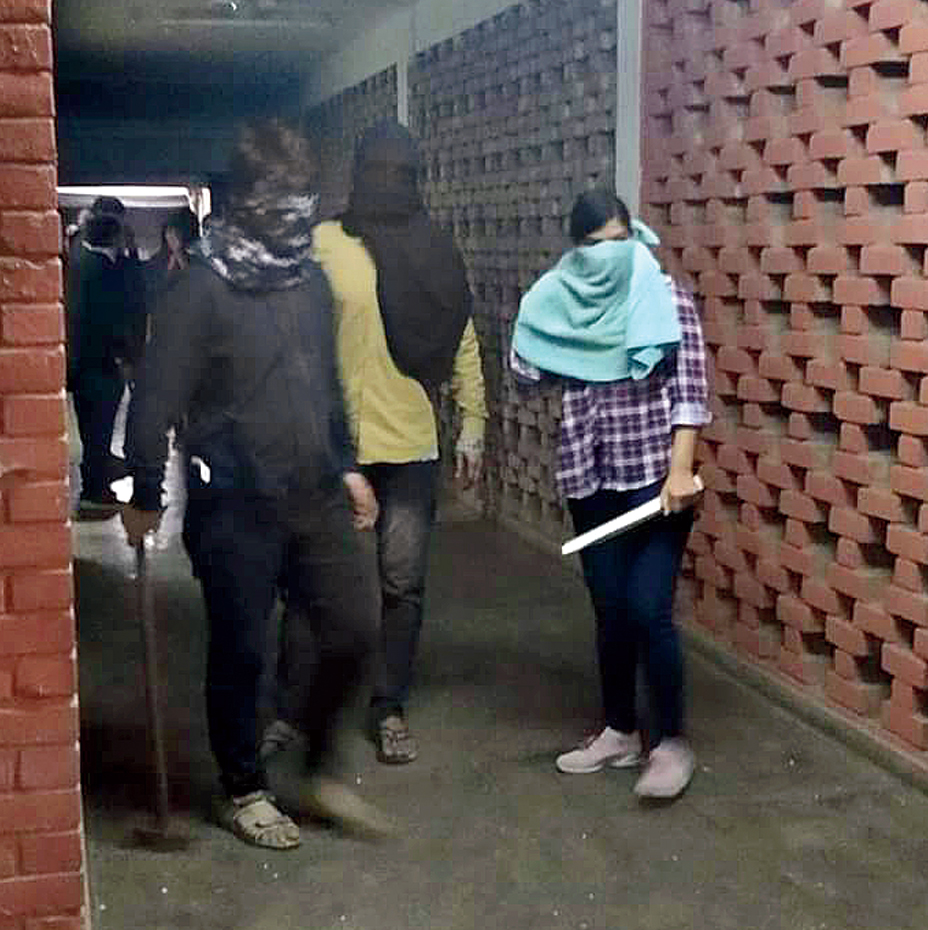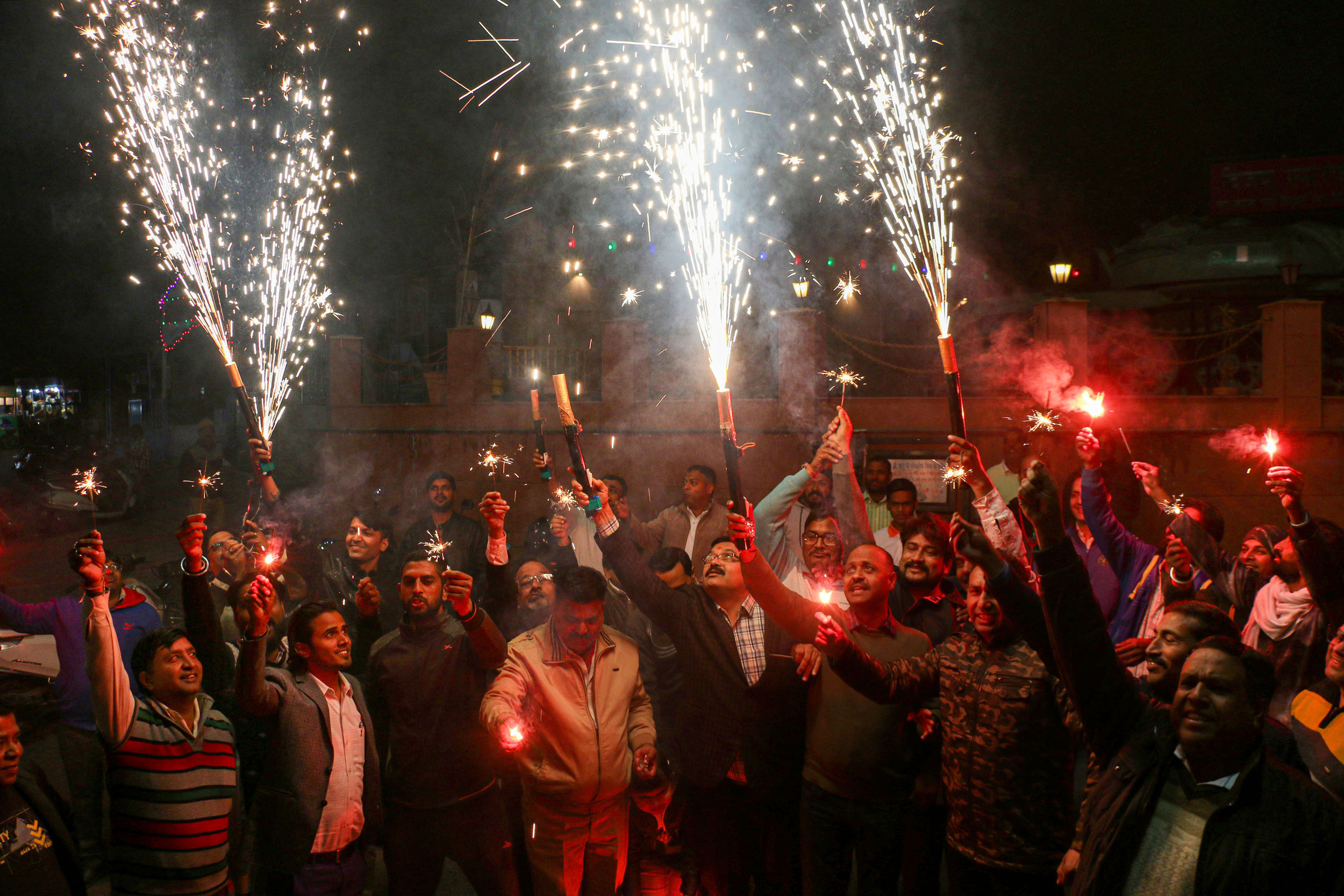Societies are never free from violent acts of revenge arising out of anger and hatred. Such deeds can be conducted by individuals, groups or communities. The degree of violence and the propensity for revenge may differ from society to society. Even within a nation, the frequency and pervasiveness of such acts vary over time. Periods of relative peace can often be interrupted by long periods of brutality. Modern societies, almost invariably, do not condone such acts. If the rule of law prevails, such deeds are punishable because they cause human suffering. Suffering, it may be noted, is irreversible in time. It is impossible to provide present relief for past suffering. Last month’s headache cannot be cured by having an aspirin today. It is possible, however, to analyse why the headache occurred, and try and minimize the chances of it recurring. In other words, one can, and ought to, try and prevent future acts of violence and revenge. This realization is there in all religions, books of wisdom, and in the words of many a wise man.
An act of revenge can occur by returning violence for violence, insult for insult, abuse for abuse, terrorism for counter-terrorism and war as well as by religious aggression by pitting one community against another. It is always a tit-for-tat reaction. The driving force underlying revenge is anger and hatred. Revenge is always well-planned. However, an act of revenge is unreasonable. For instance, if Y hits X unprovoked, it hurts X. X can become angry and plan revenge; X hits back at Y to get even. X claims that Y should be taught a lesson for the bad deed Y committed in causing hurt to X. X owes it to Y as is often claimed.
To begin with, the initial action of Y — the unprovoked aggression — is considered as something that is morally undesirable because of the suffering caused. Therefore, the teaching of a lesson to Y does not make any sense, since X is merely emulating a ‘bad lesson’ that is ‘well-learnt’ from Y. If the original act is a good deed, of compassion and help, then this logic does not apply. One often says that a good deed is something to be returned; giving a gift for receiving a gift. Then why should a hurt not get squared up with a hurt returned? The answer is obviously negative. A good deed adds something to the receiver’s well-being and, hence, can be returned to the donor to square up. A hurtful deed takes away something from the receiver and the original perpetrator. Hence it cannot be returned to square up. Moreover, a tit-for-tat response can easily escalate into a spiral loop of violence and counter-violence. An eye for an eye makes the whole world blind. Not only that, there is tacit approval of the original act of injury. After all, imitation is considered to be the best form of flattery.
If acts of unprovoked violence or injury cannot be squared up by revenge, should one forgive and forget such deeds? One could, but need not. One alternative to revenge is not to forget the act, but work energetically towards ensuring that similar acts are not repeated. That would be consistent with reducing the chances of suffering in the future. Going beyond the sufferer’s reactions to the unprovoked violence, there is also the possibility of the action being judged by a neutral party, like a court of law, that can penalize if need be. Justice, as punishment, ought to be rational, impersonal, and have social legitimacy. It can help put a closure to a sequence of violent events.
There are some requirements for justice too. It has to be procedurally impartial and equitable. For instance, justice must be meted out as quickly as possible since justice delayed is justice denied. It creates space for vengeful acts to be the only route open for retribution. The process of justice must be neutral and not prejudiced in any sense. It should be based on evidence and its interpretation logical. Punishment can be violent too in extreme cases, such as capital punishment. However, these are usually the rarest of rare cases. Such forms of justice are contested, and many societies reject these measures. Other kinds of violent punishments are supposed to be inhuman, such as lashing with a cane, or cutting off one’s hand. Punishment is supposed to shame and also serve as a deterrent against future violent deeds. It demeans the perpetrator in the eyes of society. Swift vengeance, on the other hand, puts the perpetrator of violence on a high pedestal, since the avenger mimics the offensive act as something desirable, even useful, in serving a purpose.
Three recent events in India serve to illustrate the arguments made against revenge. The first is the case of the demolition of the Babri Masjid in 1992 and the consequences that followed. It was an act of revenge against Babur for supposedly having demolished a Hindu temple to build a mosque many centuries ago. In mimicking that very act, Hindu fundamentalists have glorified the act of demolition of religious structures not belonging to one’s faith. Not only that, it has opened the way for retaliation and the spiralling of communal violence. If one takes the final word of justice that was administered through the legitimate legal process, the conclusions arrived at by the judges have left many questions unanswered. According to the legal interpretation, the demolition was unlawful. Yet the perpetrators of the unlawful act were granted what they wanted from that action. An act of revenge, even with a hint of social approval, can be a lethal social toxin. It can exacerbate festering sores.
The second example is the Citizenship (Amendment) Act brought by the National Democratic Alliance government. The act of seeking help by some specific refugees has been interpreted as an act of aggression by the Indian State. Hence the law’s attempt to seek legal counter-aggression to turn them out. However, if turning out is impossible because no neighbouring country might accept the refugees (or infiltrators as they are referred to) as citizens, they will be detained and denied their citizenship rights. This is a clear case where it is not just tit-for-tat so that an intruder is pushed out. Rather, it is an instance where retribution goes one step further than the original violation. Since the action is based on a law, it carries political legitimacy.
The third case is at the individual level; the gang rape and subsequent burning of the young lady in Hyderabad. It was followed by the arm of the law rounding up four persons who had allegedly committed the crime. They were purportedly trying to escape from the police and hence shot and killed in an encounter. This incident was followed by enormous celebration by ordinary people and by the relatives of the girl for the swift execution of justice. The rule of law suggests that the perpetrators of the heinous crime of rape and murder should have been tried in court. If killing was indeed the best punishment to square up for the original violence, then each criminal ought to have been shot and killed twice, since they committed at least two crimes; rape and murder. In this instance, justice was not brought about through legal procedures. It represents a surrogate act of revenge, where the police acted on behalf of the relatives of the victim. The original act of murder received social approval by celebrating an equivalent killing without due process of law.
What is of ultimate concern is the fact that higher the frequency of such acts of hatred and vengeance, lesser the likelihood of suffering being reduced in the future. In building a new India, the divisions along religion, gender, caste and economic class will lay the foundation of a violent, vicious and vindictive society with a strong propensity for revenge. It can easily erode the rule of law and damage a citizen’s sense of belonging.
The author is former professor of Economics, IIM Calcutta













